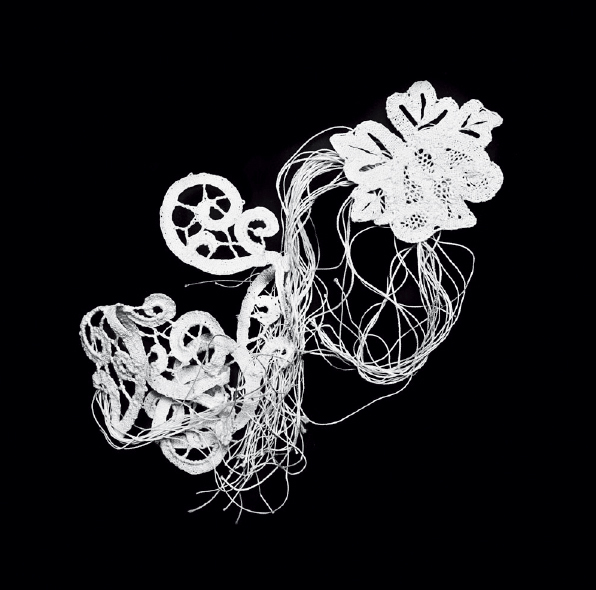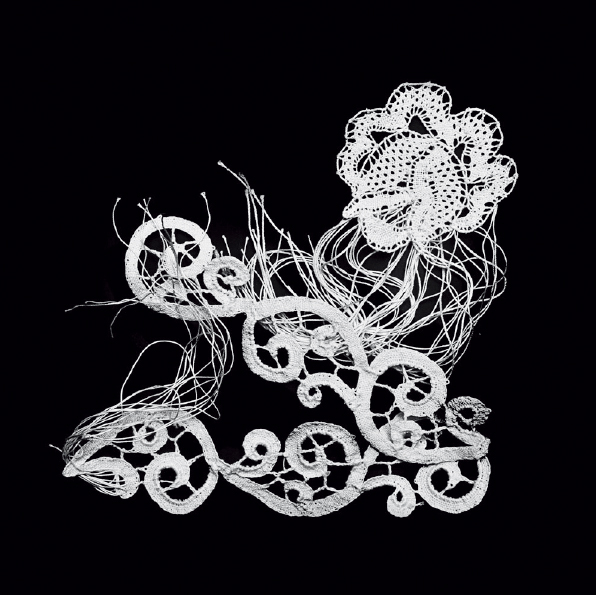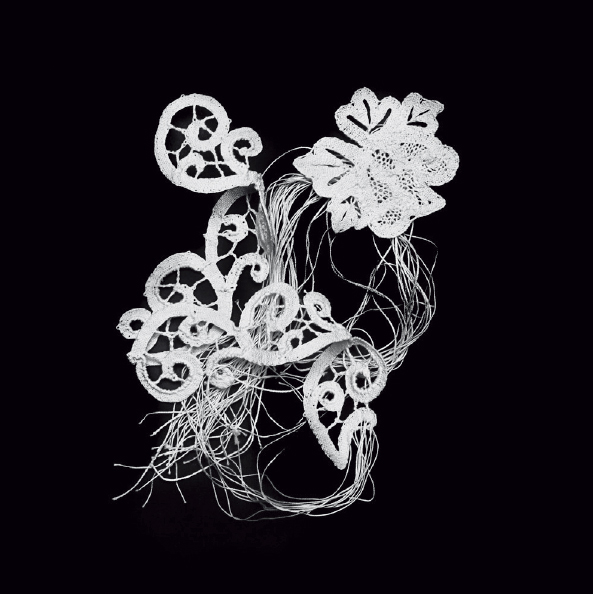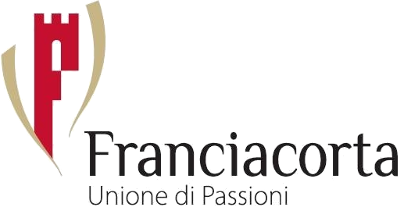the thread that becomes the weave,
the fabric, the lace,
spins through the deepest places
of our lives in this world.
It is bound and woven with the feeling
of home, of family,
of our shared rituals,
and becomes the map
on which to write and rewrite
seasons and harvests,
celebrations and destinies.
to a place and a land.
The land of the wild flowers and the roses,
of the old farms,
that are like little spots
scattered on the hills;
like little eyes, or rejoicing bells
like the rows of the vines,
geometric and wild,
made of jagged leaves, of round grapes,
of tendrils that draw circles and spirals.
And like the roses,
since forever grown
beside every vine
to guard the strength of the soil
and the health of the grapes,
the lace embodies a beauty
that protects and saves,
a mundane prayer
told without words
in the courtyards,
in the farms
and in front of a fireplace.
that life is a thread made of cotton
to be spun and woven and guided
along tortuous hillroads
mysterious with curves and returns.
There is the void, here is the full,
there are the roses,
here are the vines, far away
the uphill paths and the round borders.
Here the thread gets tense,
there gets loose,
here it splits,
there it comes together again.
are dressed the young brides in May,
the newborn babies,
the skin in its most secret places,
the old ladies that pray,
the little domestic altars.
And also this bottle.
text by Giulia Capotorto




